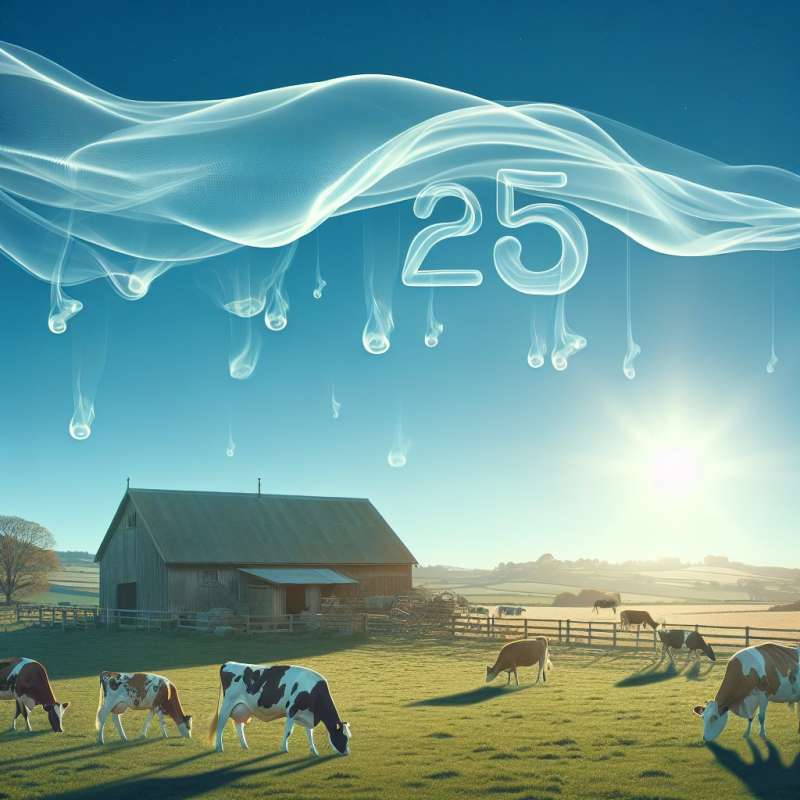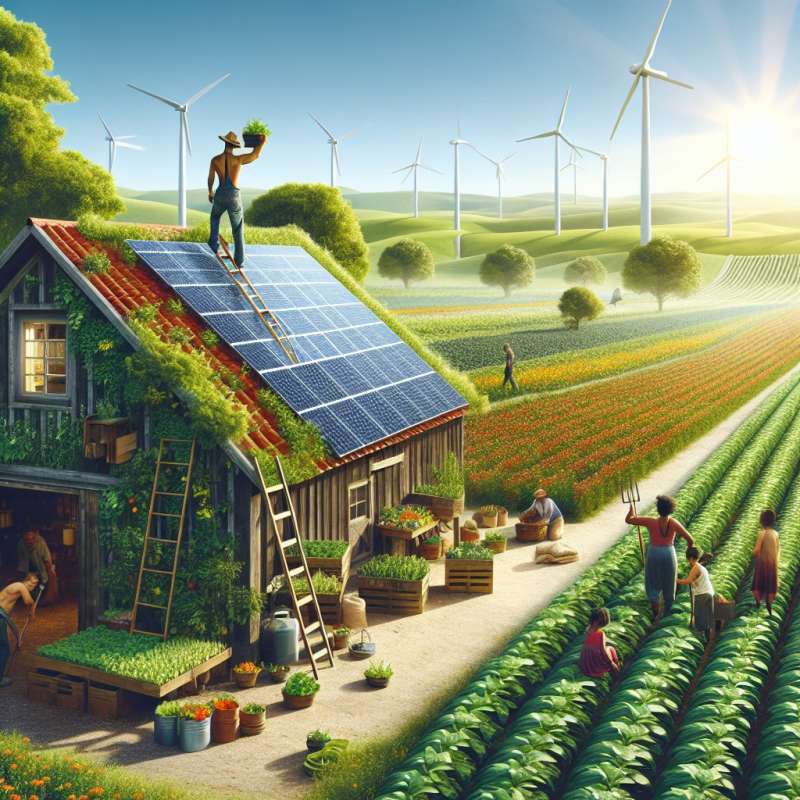
What Are Greenhouse Gases?
Greenhouse gases (GHGs) like CO2, methane, and nitrous oxide trap heat in Earth's atmosphere. Surprisingly, water vapor is the most abundant GHG, amplifying the warming effect of other gases.
Natural vs Human-Made Sources
While GHGs naturally regulate Earth's temperature, human activities since the Industrial Revolution have increased their concentrations. Fossil fuel burning, deforestation, and agriculture massively contribute to this spike.
Unexpected GHG Sources
Beyond the usual suspects, nitrous oxide from synthetic fertilizers and hydrofluorocarbons from refrigerants play a role. Moreover, thawing permafrost releases ancient GHGs, creating a feedback loop.
Global Warming: The Impact
Global warming alters climates, leading to extreme weather, melting ice caps, and rising sea levels. The less-known effects include ocean acidification and the disruption of the global food chain.
Invisible Influencer: Methane
Methane, while less abundant than CO2, is over 25 times more potent in trapping heat over a 100-year period. Livestock farming and landfills are major producers, posing a significant challenge.
Mitigation: Not Just Trees
Reforestation is vital, but so is peatland restoration. Peatlands store twice as much carbon as all the world's forests combined, yet they are often overlooked in climate conversations.
Climate Solutions' Co-Benefits
Fighting global warming yields benefits beyond temperature control. Green energy reduces pollution, and sustainable farming enhances biodiversity. These co-benefits help build resilience against climate impacts.
Most abundant greenhouse gas?
Carbon dioxide (CO2)
Methane (CH4)
Water vapor
Company